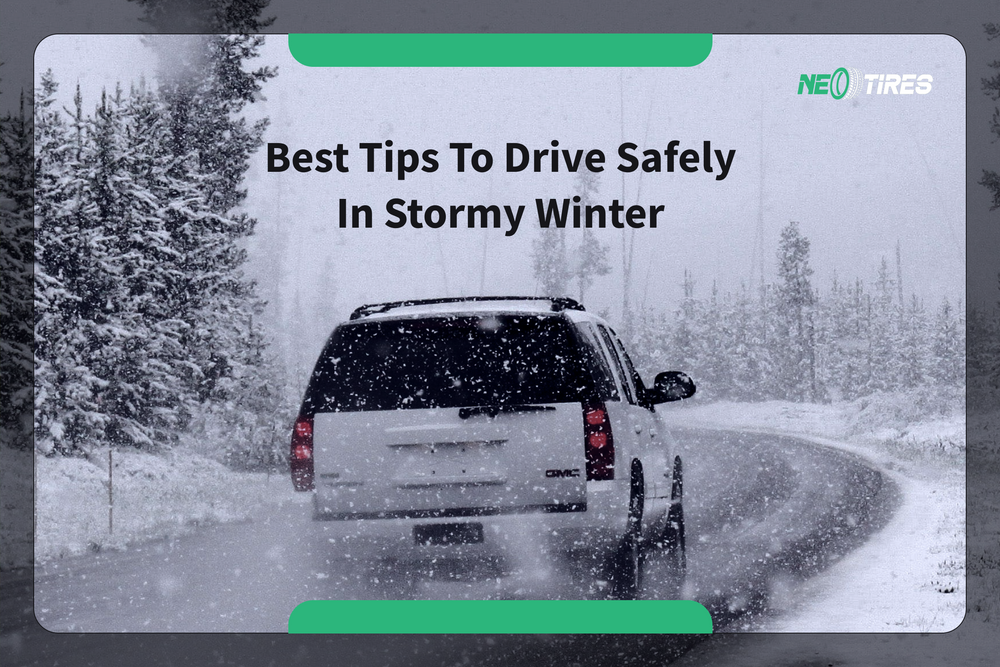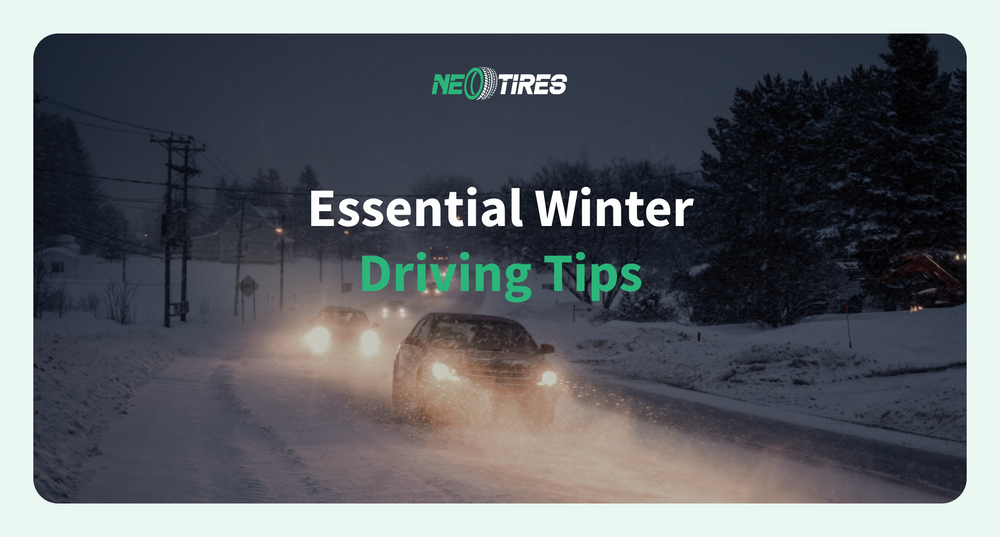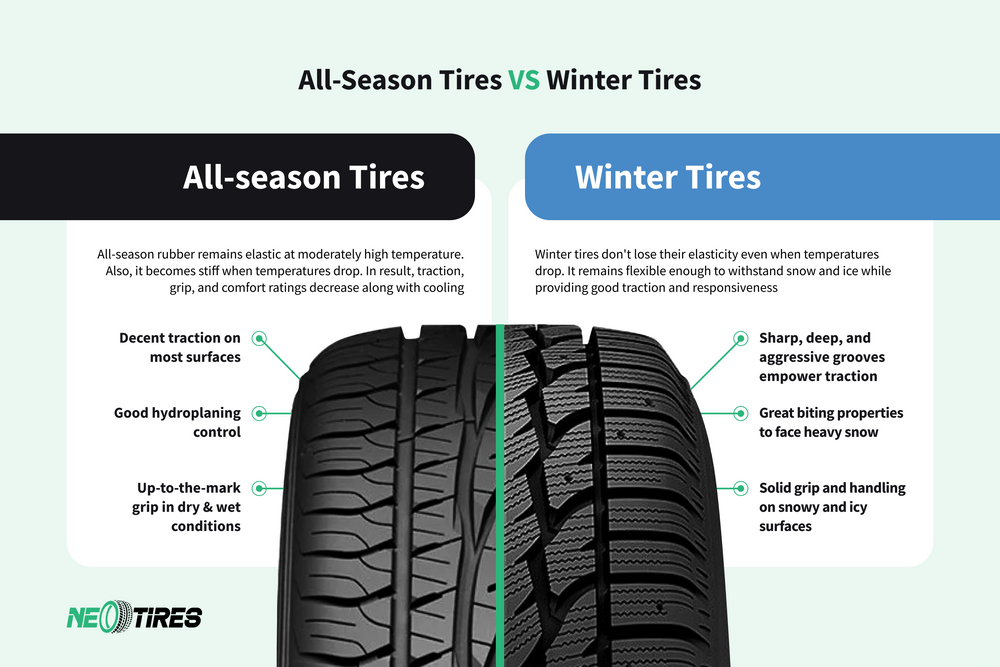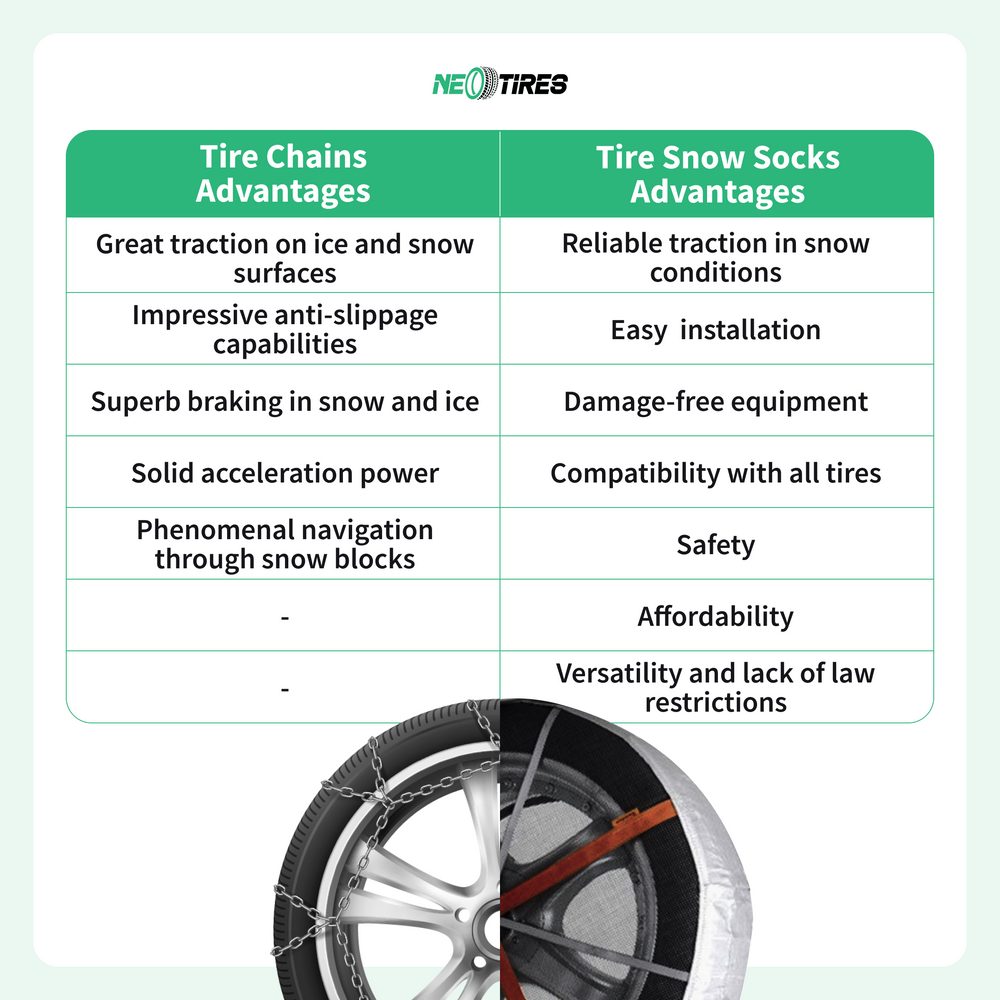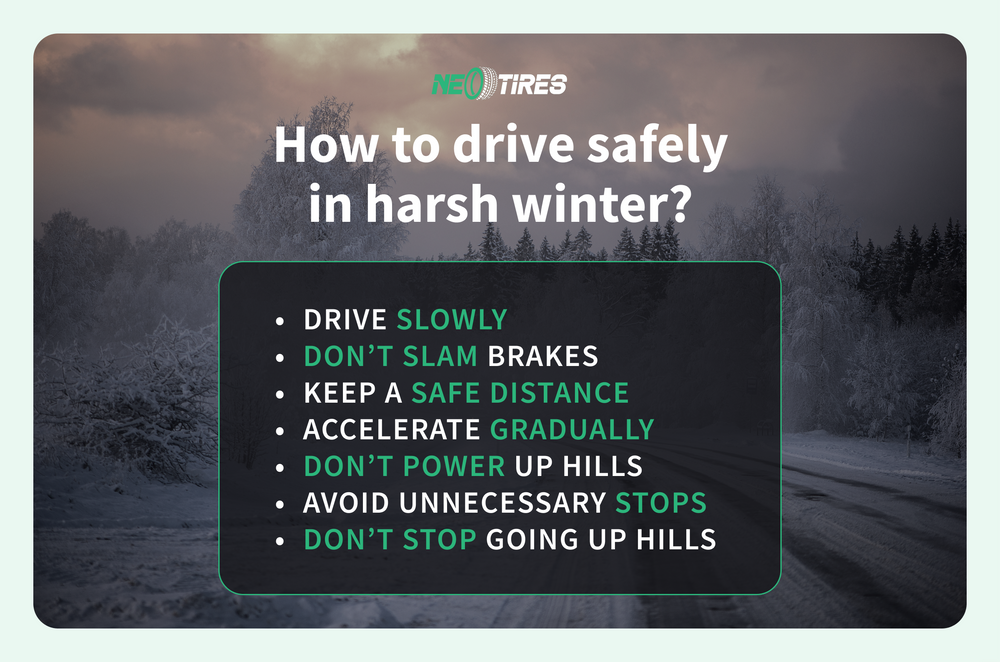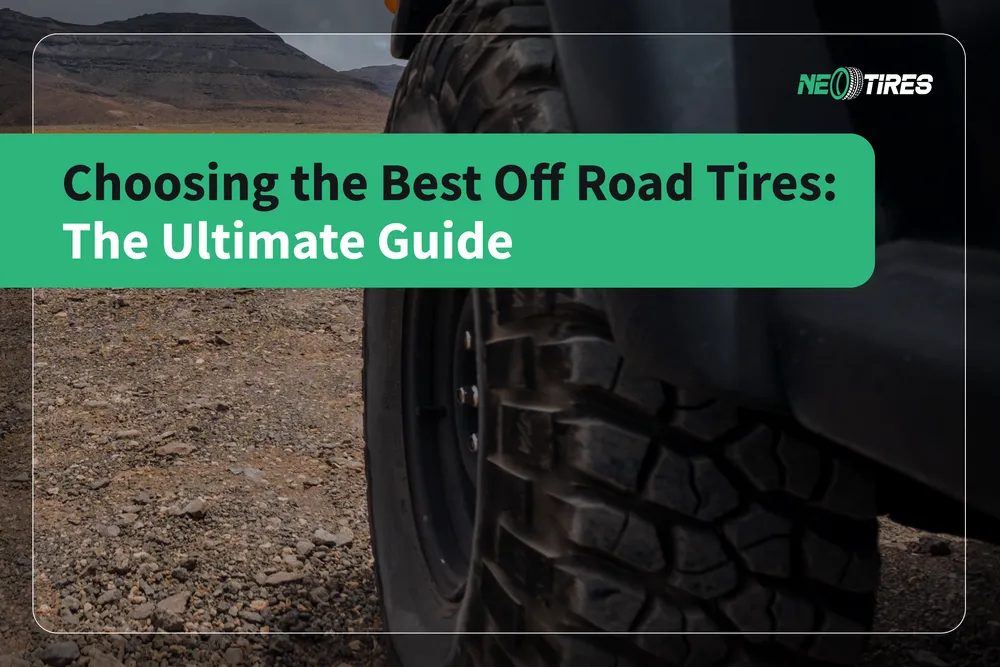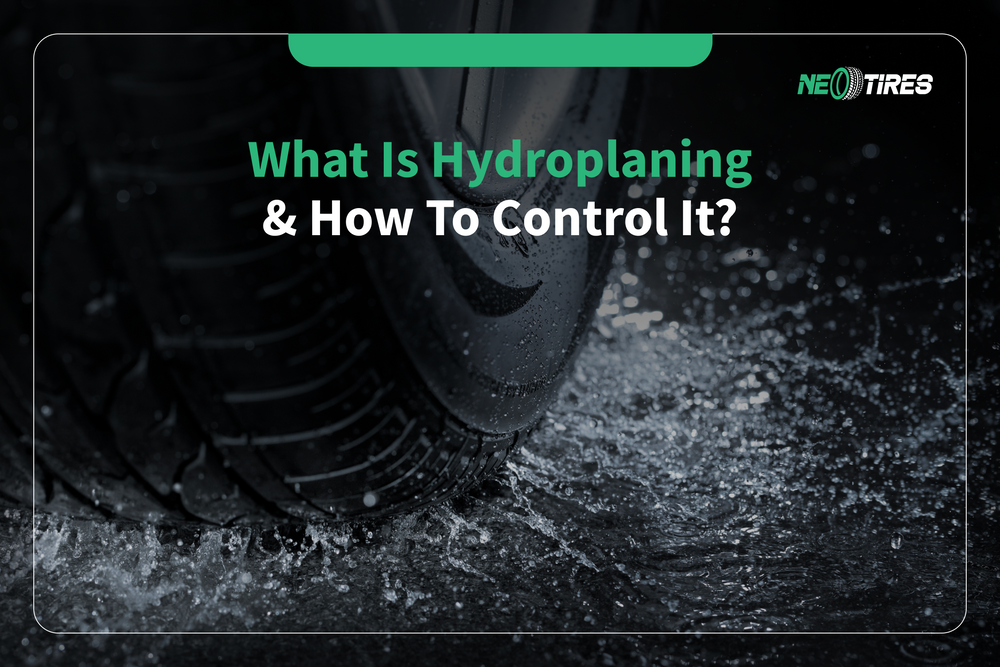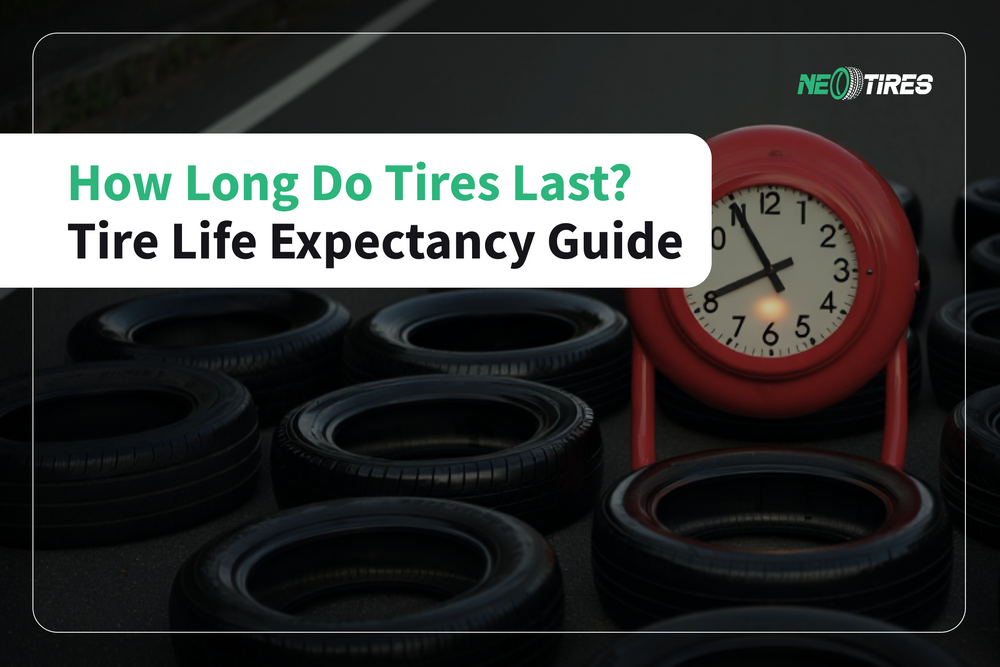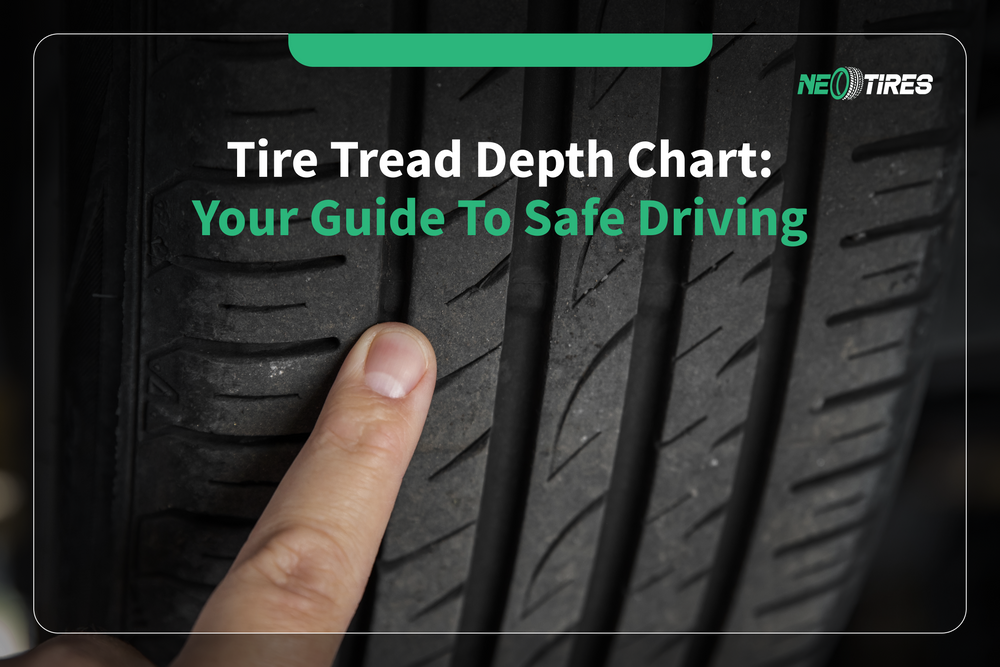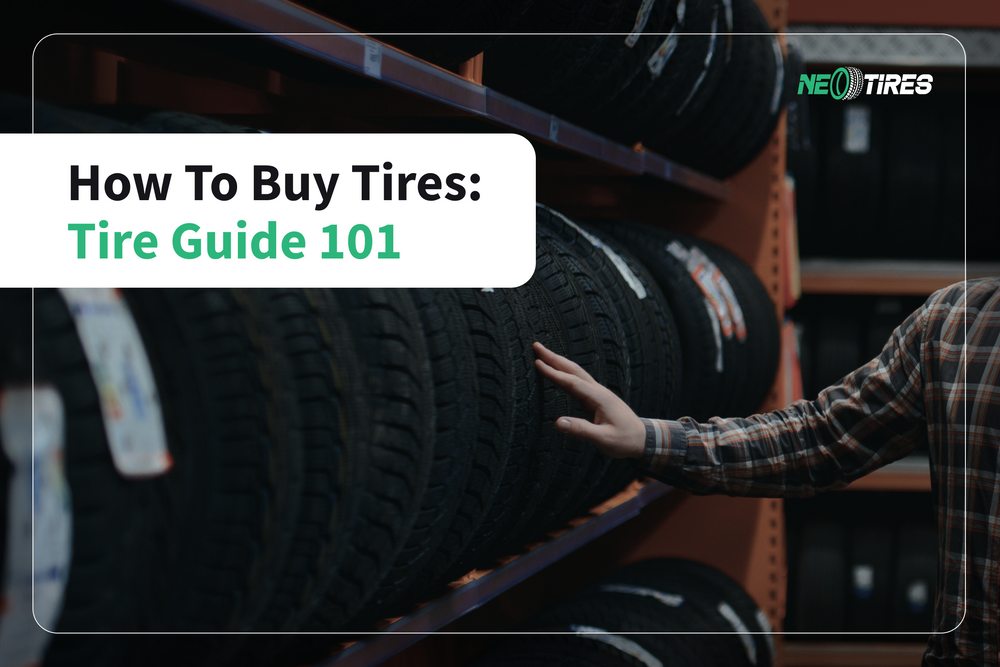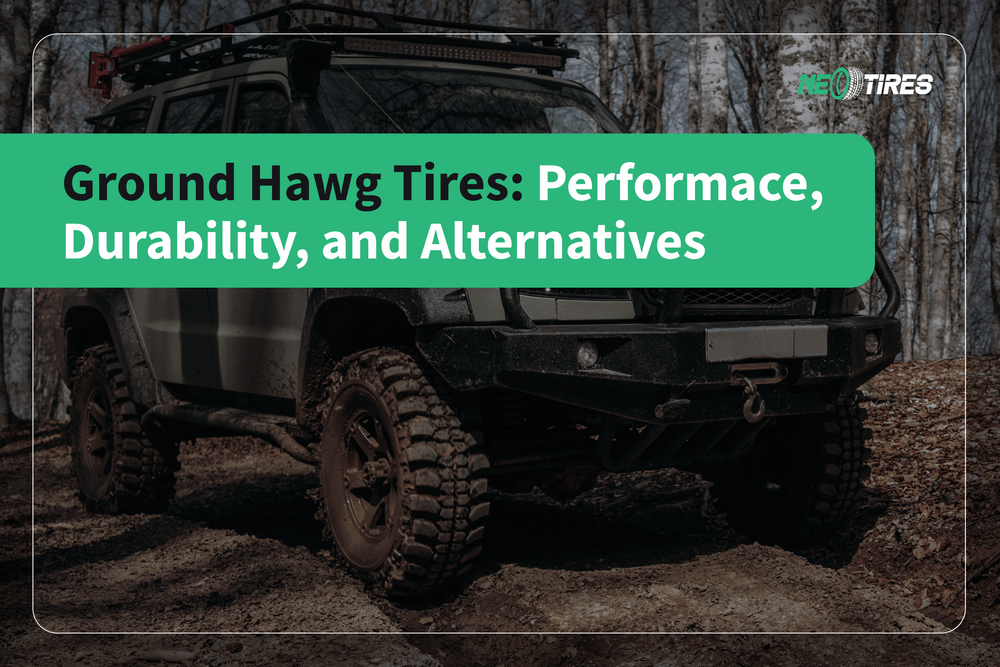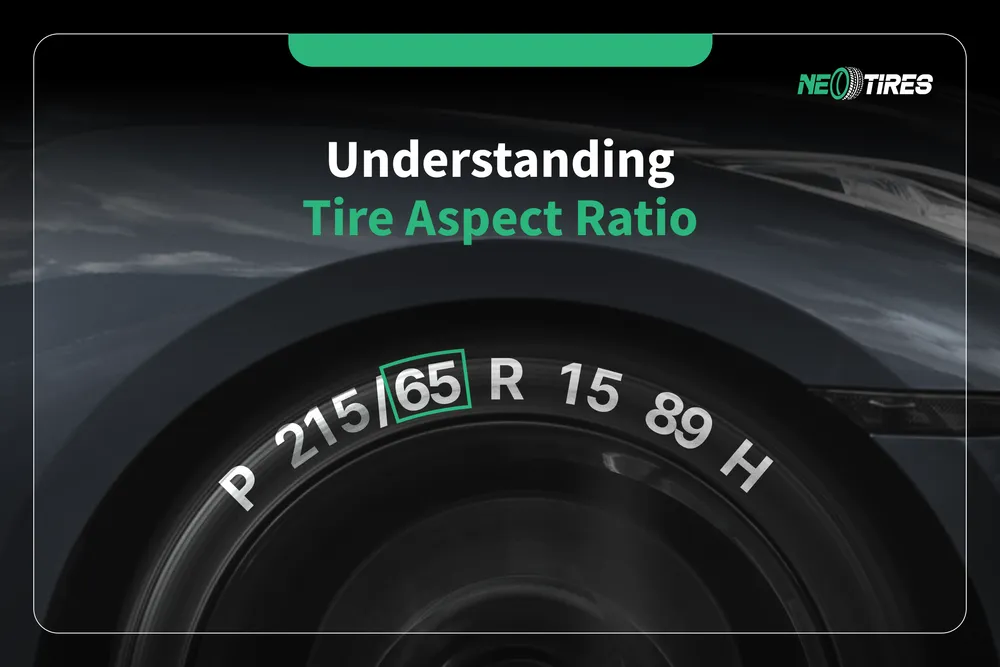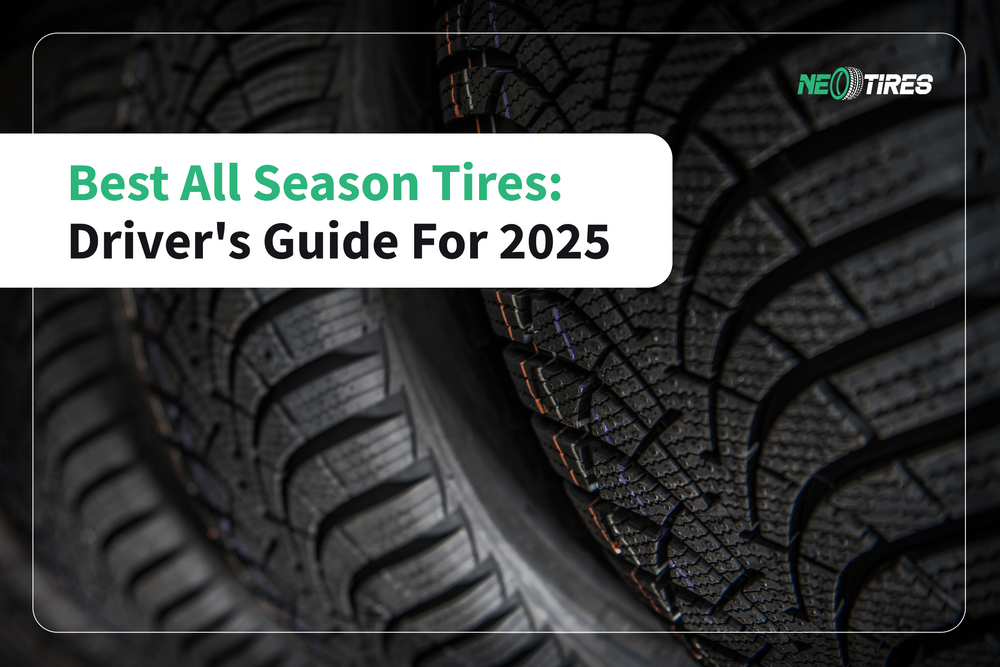We all want to stay home under the duvet watching Netflix when the winter storm takes over. But this scenario is impossible for those who live in areas where low temperatures and frequent snowfalls are the norm.
Regardless of whether the roads are cleaned or not, people have to shop, take their children to school, and somehow get to work and back. So whether we like it or not, we somehow have to face winter snows and storms because life goes on, no matter what, isn't it?
Well, what matters the most is knowing how to deal with these conditions most optimally and safely as possible. 2 aspects are the most essential in this context: the appropriate equipment of the car and the moral preparation for any unforeseen situations.
Agree that you have also gone through moments when you leave the house in the morning and the time seems to be beautiful. But, in the second half of the day, it starts to snow stormy, so you don't know how to get home. So, some basic knowledge about how to deal with such situations never hurts.
In this article, I have compiled a guide with the most important recommendations that you must take into account in the conditions of a stormy winter. Get to know them and apply them as often as you need to benefit from a ride as safely as possible.
Help Your Vehicle Face The Stormy Winter
Start by preparing your car. You can know thousands of ways to drive safely in winter. But if your car is poorly equipped and unprepared for winter, all your methods will be useless. The better you prepare the vehicle for stormy conditions, the less hassle you will have. So, what does it mean to "winterize" your car? Let's dwell on this topic in more detail.
Get The Right Type Of Tires
Take advantage of the fact that the modern tire industry can offer so many options for winter. With the many types of tires available, you have no right to say that you can't find the right set for your car. You realize that it is absurd to consider a set of summer tires. You must consider winter or all-season tires exclusively. When it's about severe winter conditions, maybe you should consider the best studdable tires for improved safety.
Many drivers believe that a set of all-season tires is the best option of all. I agree but only partially. All-season tires are somehow an advantageous compromise between winter and summer tires. But how suitable they are for your car depends exclusively on the weather conditions of the area where you live.
I will insist on reliable winter tires though if snow is a frequent phenomenon and the temperatures don't rise above 40 degrees Fahrenheit. I do not embrace a set of all-season tires for such conditions.
All-season ones do better when snow and ice are occasional phenomena. But if we are talking about the stability of low temperatures and snowfall, make no mistake and opt for winter ones. These will ensure a much better ride in severe winter conditions.
Tire Tread
It is not enough just to buy a set of winter tires. You must also take into account their tread, especially when you opt for second-hand tires. The deeper the tread of the tire, the greater the probability of having a safe ride. You should also consider tires with sipes that improve winter traction and stability. So this is not just a design detail, but an aspect that influences your safety on the road.
The architecture of the treads usually has a specific purpose, either to remove snow from the road or to prevent hydroplaning. So you have to make sure that the winter tires have a deep tread to face stormy weather. If you don't trust their condition, get some best winter tires.
If heavy winters are common in the area where you live, do not accept anything less than 4/42 inches deep, even if the legal limit is 2/32. Once the depth of the treads becomes smaller, they cannot cope with roads "attacked" by snow and ice. In such conditions, you will not have a safe drive home at all. Rather you will pray fervently while you clench the wheel in the hope of arriving safely. For these reasons, avoid shallow depths at all costs and think that road safety always has priority.
Tire Pressure Is Just As Important As Your Blood Pressure
Taking into account the stormy conditions, the pressure in the tires is crucial for the stability of the vehicle on the road. I assume you know how important it is to check the pressure once a month and I hope you stick to this rule of thumb. Don't forget that tire pressure can change easily due to temperature changes. With a slight increase in temperature, the tire pressure increases slightly. The rule is also valid for the reverse scenario - the temperature drops and the pressure in the tires decreases. Take into account this physical process and adjust the pressure regularly to always keep it at an optimal level.
Neither under nor over-inflated tires are beneficial for stormy weather. The car can lose grip on the road and this does not benefit you at all when there is a lot of snow. So keep the tire pressure under control.
Don't Neglect The Spare Tire
The spare tire is a must during winter and in extreme conditions. You never know what can happen to one of your tires, and the lack of a spare one will make your situation all the more difficult. In a perfect scenario, it would be good to opt for a full-size spare tire during the winter. This is identical to the 4 basic tires and will not hinder the ride once you attach it.
I do understand that full-size tires are more expensive and take up much more space than spare ones. But if your priority is to be fully prepared for stormy weather, this is the right way to go.
If a full-size one is not an option, a common spare tire will do (it's still better than nothing). It is important to make sure that it is in optimal condition, has the right pressure, and has not developed dry rot on it.
Fill Up The Wiper Fluid, Coolant, and Fuel Tank
Wiper fluid and cooler contain components that prevent them from freezing. Make sure you pour enough of these liquids because you never know what situations you might find yourself in on the road.
As for fuel, I think you understand that it is necessary to always have a full tank. Never leave the tank less than half full. The car consumes more fuel in difficult conditions, so you must be insured with a maximum amount. While there are options to optimize fuel efficiency, it might not always work in difficult situations. In the same context, the full tank is a source of heating for cases when the car gets stuck in traffic and requires specialized intervention to help it out.
Do not forget that due to the complex weather conditions, it is possible to go on a different road than the usual one. And this detour may be longer in which you will not find any fuel station. To avoid unpleasant situations, the tank must always be as full as possible.
Must-Have Tools And Emergency Equipment In Your Vehicle
Regardless of whether you are hitting on a long or short ride, you must have emergency kits and tools necessary for self-aid. How do you change a tire if you don't have any help around? Consider that you will need a jack stand, a jack, a pair of special gloves, and a lug wrench. Make sure you have any tool in your car that you think you might need to help you deal with such a situation.
In the same context, don't forget a roadside emergency bag. I hope you never end up needing it, but it must be present in your car anyway. Think about how you could warm yourself in case of an emergency and equip yourself with any item to keep you safe. Flashlights are a must for emergencies. Don't hesitate to equip yourself with a few bottles of water and maybe some snacks because you never know how long you can get help (don't forget that in stormy conditions, help can be delayed).
Always keep your phone charged so you can ask for help in case of need. In the same context, make sure you always have a spare charger for your mobile phone.
Mechanic Checkups
Once you make sure that your tires are ready for any challenge, make sure of the technical condition of your vehicle. I refer in particular to the main functions of the car to accelerate, brake, and turn efficiently. Keep in mind that the car consumes an increased effort during snowy conditions. Therefore, a compromised suspension and steering system is not at all welcome.
Make sure that the braking system is in optimal condition so that the car has an efficient reaction in case of need. Draw attention if the car is pulling to one side, which suggests a fault in the suspension system. Be cautious of vibrations and non-specific sounds.
These symptoms might also suggest suspension system issues that could impact braking abilities. Fix them right away with the help of a technician in order not to submit to crises while driving in stormy weather. Inspect the tires every time before you enroll in long, challenging winter journeys.
Tire Chains Or Snow Socks
I wrote about how valuable tire chains are in one of the previous articles. So, you can check it up if you please. Either way, these are good solutions to break the deadlock in case the stormy weather puts you in a difficult situation. These are very cheap and long-lasting. So it's not an unusual effort to equip yourself with them, just in case.
If chains are not an option for some reason, at least think about some snow socks. According to tests, snow socks add some pretty confident tractional power, especially on snow surfaces.
All This Is Useless If You Are Not a Careful Driver
It's great if all the above-mentioned criteria are completely met by you. But keep in mind one important thing: all this is of little value if you are not responsible behind the wheel. Everything starts and ends with your vigilance and caution behind the wheel. All other recommendations are only helpful measures that support a safe drive. Your tires surely have an impact on your winter driving. However, the main element in this whole equation is you with your driving skills. So what does it mean to be a responsible driver in a stormy winter? Let's see below.
No Time For Speeding
Do not experiment with speed. It's not worth it at all. Car handling in stormy weather gets much more difficult when you have high speed. The reaction time is extremely short and the car might not be able to cope with risky situations. Always stick to the speed limit, and you can even reduce it if the visibility is too harsh. You are welcome to turn on the flashers if you think it is necessary.
Brake Carefully
The car brakes differently in dry and warm weather than in snowy and cold weather. Thank God that most of us have ABS systems that simplify our situation a little. However, you should not rely only on this system, but more on your wisdom behind the wheel. It is advisable to brake steadily and lightly, avoiding pumping your brakes. Braking must start much further away from the potential obstacle because the braking distance is longer during winter storms. I mention once again: avoid sudden breaks! These can make the car spin and you can easily lose control of it.
Keep Your Distance In Traffic
Even if you have a reasonable speed, the distance from other vehicles is still crucial. You never know the experience of the driver in front of you. He could have an unexpected reaction and you won't be able to react because of the small distance between the vehicles. At the same time, the greater distance helps you estimate the possible dangers on the road. For example, you should see a compromised section of the road early and have enough time to brake. Remember that haste makes waste and "blowing" behind the car in front of you because you are in a hurry could make you delay too much due to a potential incident.
Accelerate Properly
Pressing the accelerator pedal suddenly is not exactly the best idea. Acceleration must be gradual, constant, and smooth. While turning, try not to hold the accelerator pedal high, but release it slightly to avoid the vehicle turning. Take into account the traction of your vehicle. Those with rear-wheel drive are prone to oversteering, and the rear of the car will rotate too much, especially at higher speeds. In such cases, it is recommended to balance the oversteer by smoothly turning the steering wheel in the opposite direction.
In the case of front traction, the cars tend to understeer, which means that the rotation of the rear part is unlikely. You should reduce the acceleration and keep the wheel pointed toward the angle of the turn. This way you will regain the traction of the car. Oversteers and understeers are less dangerous at low speeds. So, you have one more reason not to exceed the speed limit.
How Do You Drive On Hills?
You are sorely mistaken if you think that acceleration helps you when driving uphill. This method might work in hot and dry conditions, but not in snowy conditions. Once you accelerate on the slope, you actually lose traction. The wheels spin more actively, creating a sliding effect on the snow, which severely complicates the situation. Feel your car. It should not be forced when going uphill. Maintains a gradual and smooth acceleration.
In the opposite scenario, i.e. when you drive downhill, you do not have to apply gas under any circumstances. To provide enough motion, just control the car's brake. You should apply slight pressure on the brake pedal to prevent the car from accelerating and keep it at the optimal speed.
Icy Roads
The best you can do is to avoid icy roads, if possible. These are very dangerous even for an AWD vehicle. If avoiding driving on icy roads is not possible for some reason, you must drive as slowly as possible.
The optimal speed in these conditions is 20 mph. The driving mode is the same as the one mentioned above, except that you must not exceed the 20 mph limit.4
Best Winter Tires
Winter Driving: FAQs
What Are The Safety Tips For Cold Weather?
Choose the right tires that meet the weather conditions the best. Winter tires are the right way to go for stormy and snowy weather. Avoid driving if you are not sure about your tires. Keep an optimal speed and distance when driving in stormy weather so that you have enough time to react. Keep in mind that the braking distance in snow and ice is longer than on smooth roads. Also, try not to power up hills and not to stop while going up them. This could reduce traction causing you to slide backwards. Equip the vehicle with all the necessary tools and instruments in case of emergency.
How Do You Brake In Snow?
Aggressive braking in snow conditions can make your car slide and lose control. We recommend applying the brake pedal gradually and intermittently. Neither acceleration nor braking should be aggressive in stormy weather. You never know how your vehicle will behave in these conditions. So, the more cautious you are, the better for your safety and those around you.
Why Trust Us?
Choosing tires ain't an easy task. That's because there are plenty of tire types, treads, purposes, conditions, and warranties to keep in mind. Why not trust the experience of those who can help you in this regard?
NeoTires is a team of specialists who know this industry at a professional level. We test and compare tires from various performance perspectives and in various conditions. We are inspired and learn from the most reputable car and tire manufacturers to provide reliable reviews, tips, and safety recommendations in various conditions.
Our qualified technicians, content writers, and testers make sure to provide professional assistance and guidance in everything that means tires by definition. Last but not least, we do our best to offer high-quality tires at reasonable prices for the comfort of our customers.
Let us consult you in this regard. We gladly share everything we know about tires so that you can find the right product for your needs and improve your driving experience. Drive safe and choose your tires wisely!




